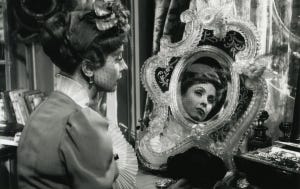The Earrings of Madame De…
We always follow the earrings. At first a wedding gift from the unnamed General (Charles Boyer) to his unnamed wife (Danielle Darrieux), they move from person to person, finding their way in and out of people’s lives in ways at first fortuitous, but increasingly, destructive. In The Earrings of Madame de… (1953) Max Ophuls’…
Keep reading with a 7-day free trial
Subscribe to Cinema Year Zero to keep reading this post and get 7 days of free access to the full post archives.





